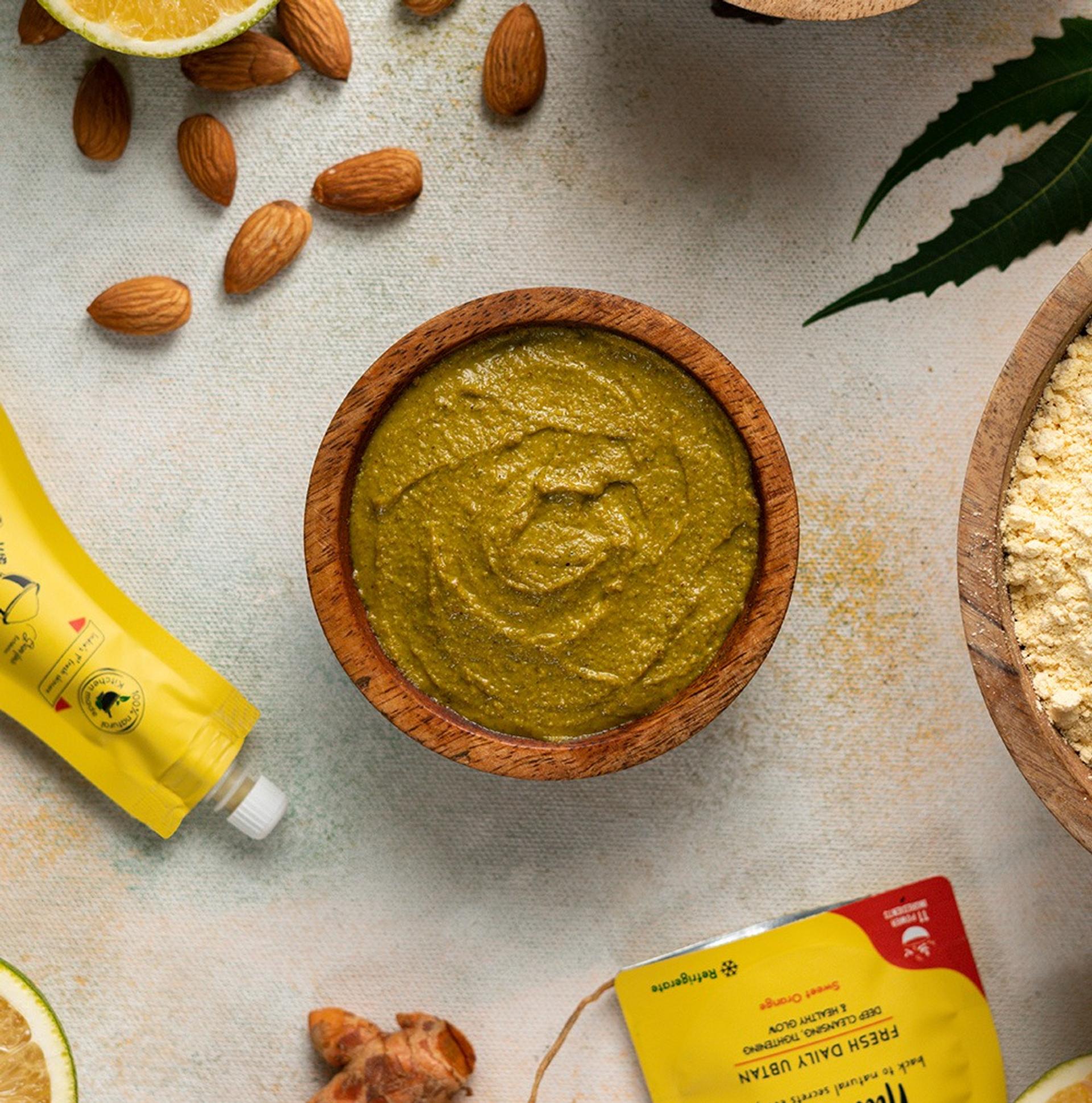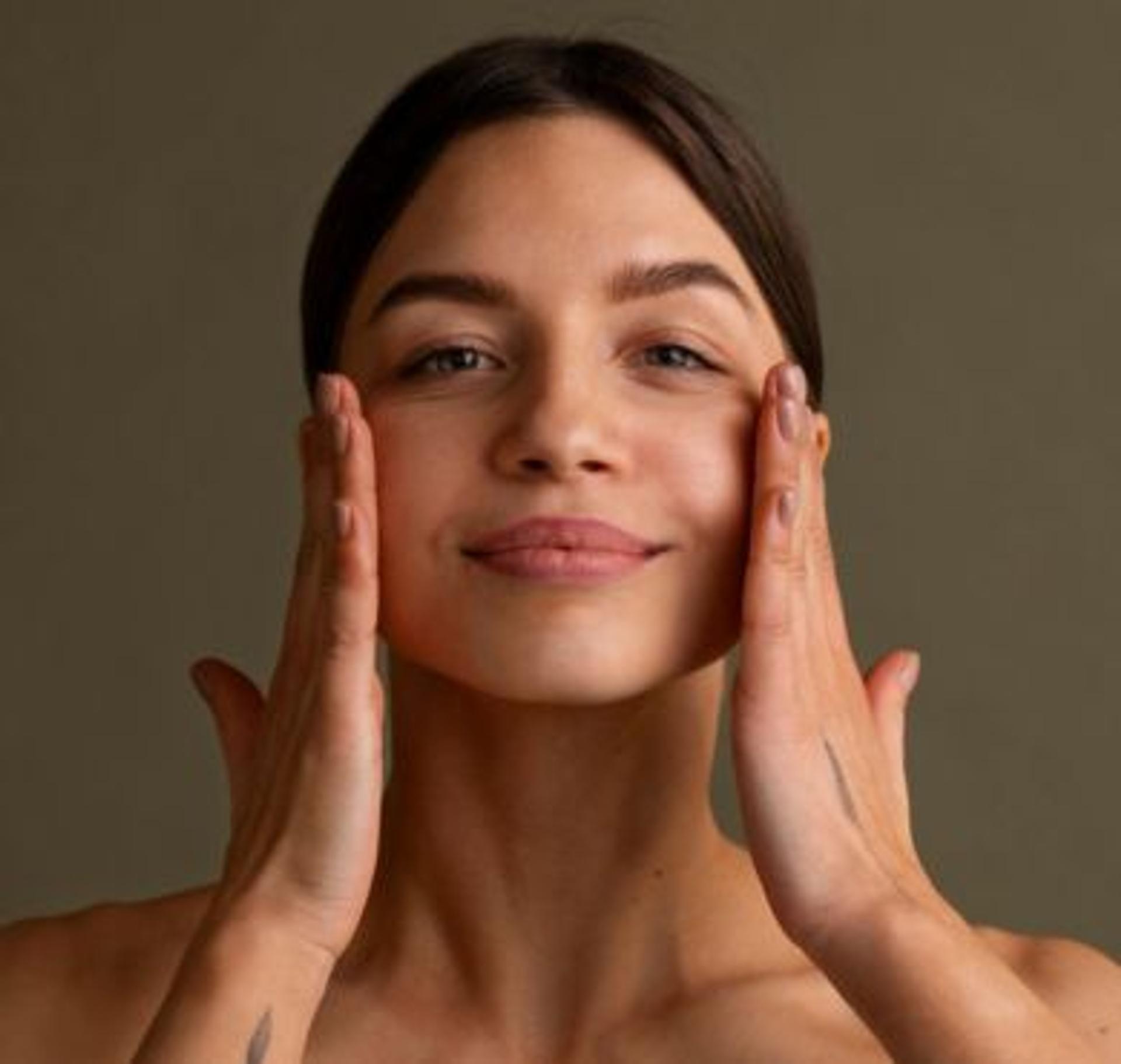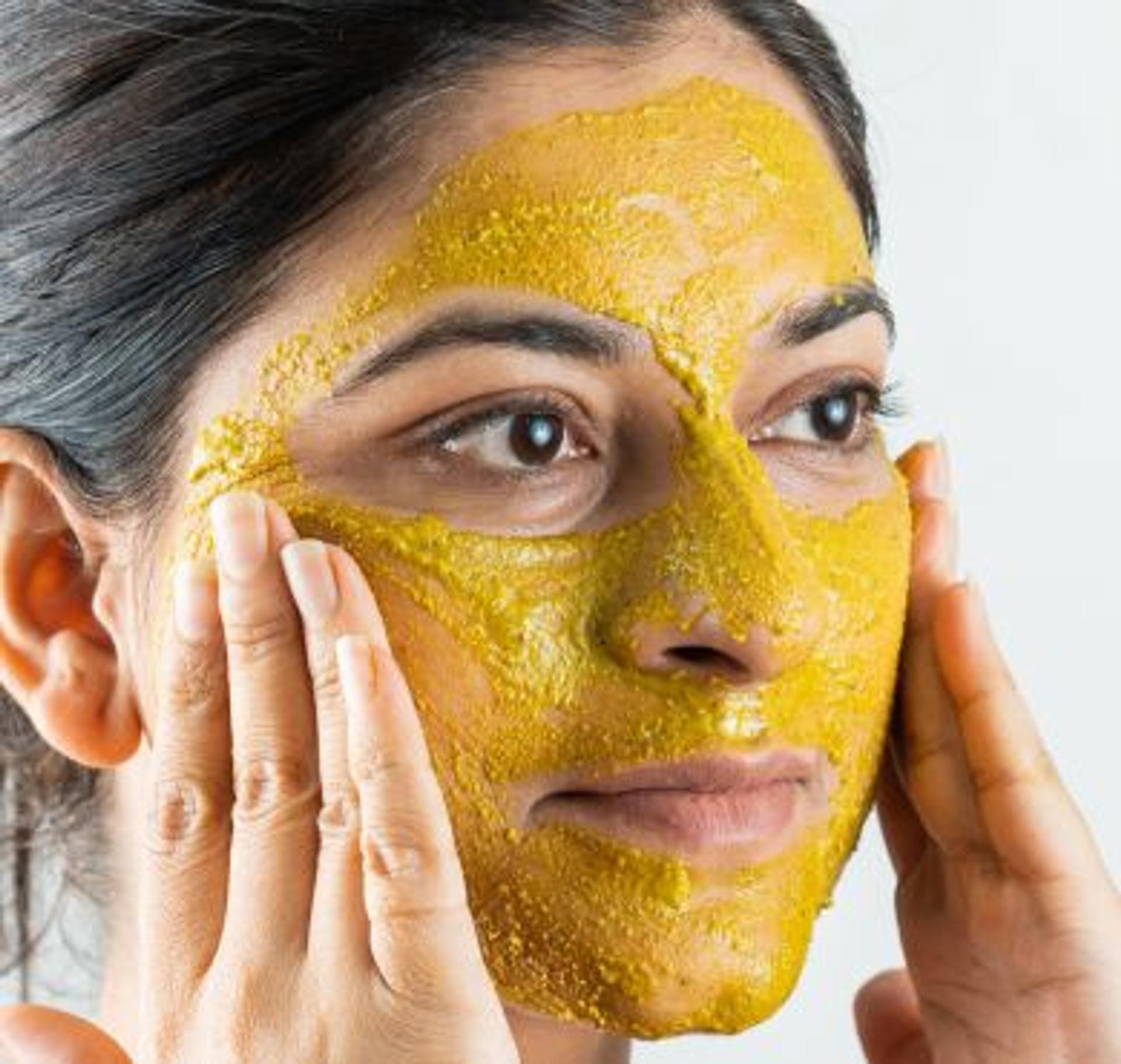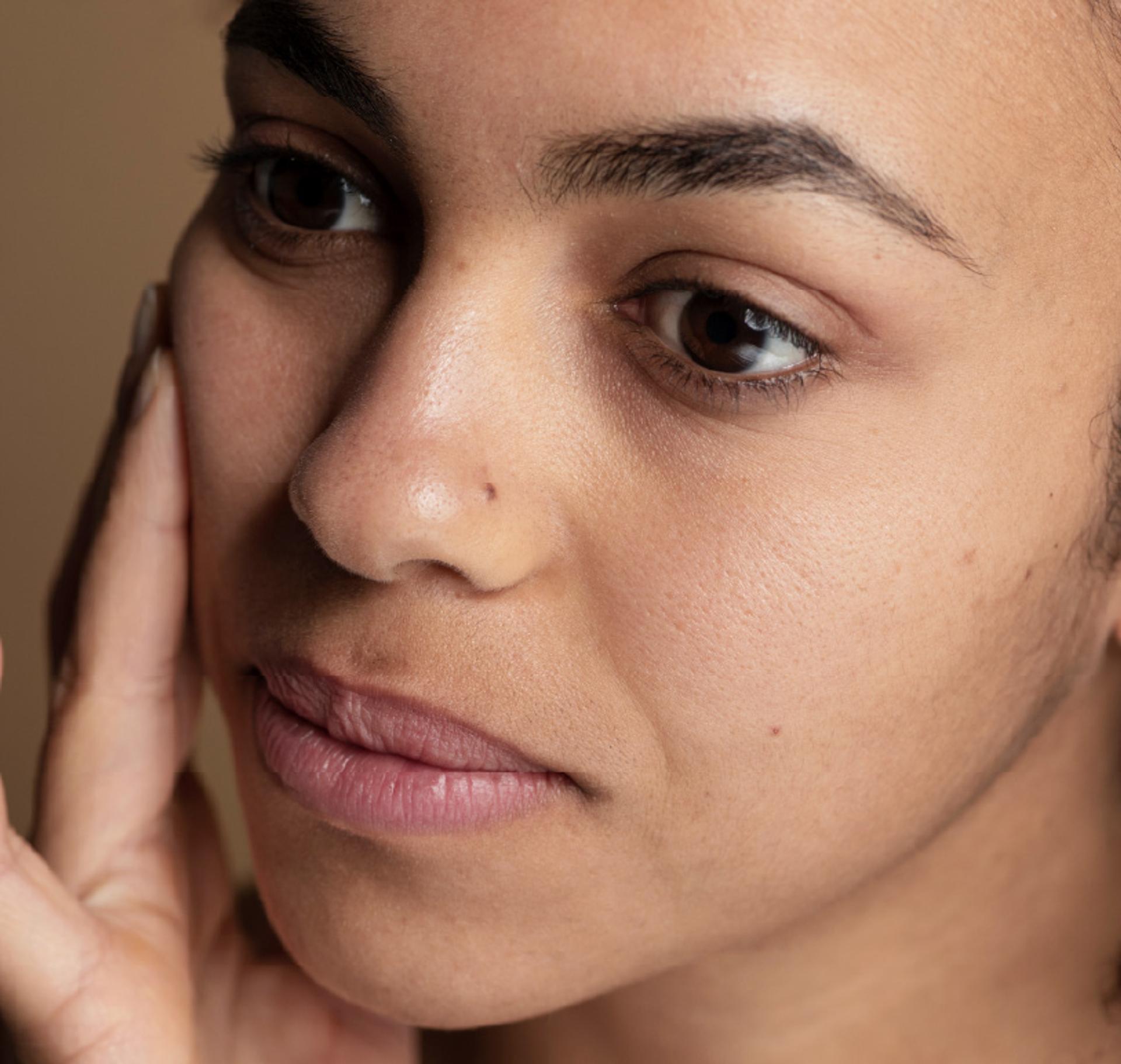
The Science Behind Hair Oiling
Why This Ancient Ritual Still Works Wonders
By Nat Habit
Hair oiling is often thought of as a simple beauty ritual, passed down through generations. But if you’ve ever wondered why it actually works — what happens beneath the surface, at a biological level — then this is for you. Hair oiling is not just about feeling good or getting glossy strands; it’s a scientifically sound practice that nourishes your scalp, supports hair growth, and protects your hair from daily damage.
Let’s dive deep into the science and the subtle Ayurvedic wisdom that makes hair oiling a timeless staple.
Understanding Hair and Scalp Biology
The Roots of Healthy Hair
Your hair doesn’t just grow from nowhere — it springs from hair follicles, tiny organs embedded in scalp skin. Each follicle is a complex structure made of multiple layers of cells, nerves, and blood vessels, working like a factory to produce hair cells continuously.
- Hair Growth Cycle: Hair growth occurs in phases — anagen (growth), catagen (transition), and telogen (resting). The follicle cells must be healthy and well-nourished for an optimal cycle and strong, resilient hair strands.
- Scalp Skin: The scalp is a sensitive area with sebaceous (oil) glands producing sebum, which naturally conditions hair. However, factors like pollution, heat styling, and stress disrupt this balance, leading to dryness, irritation, or excess oiliness.
Hair oiling supports both follicle and scalp health — here’s how.
How Hair Oiling Works
The Biology Explained
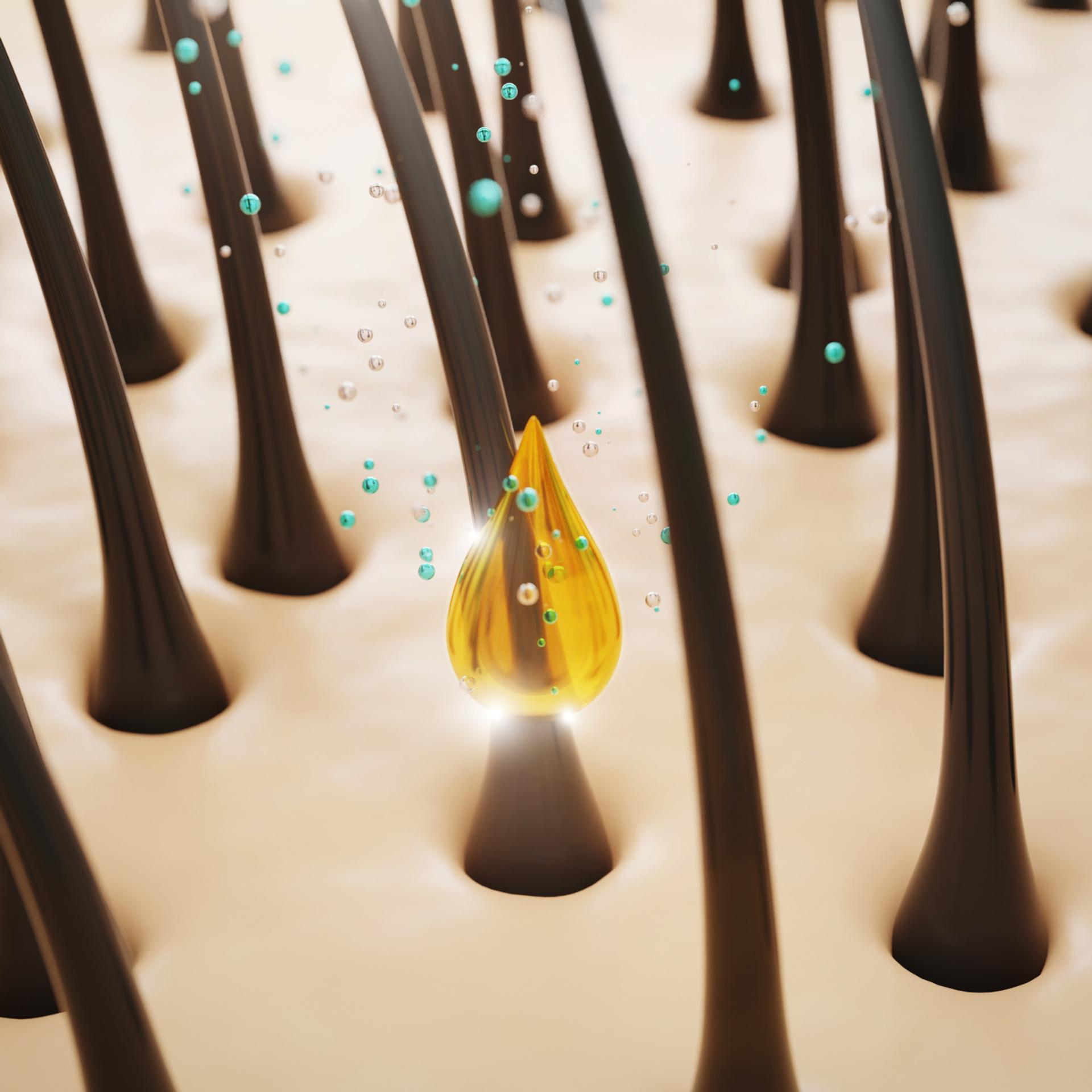
1. Restoring Scalp Barrier and Hydration
The scalp’s outermost layer (stratum corneum) acts as a protective barrier but can become dry or compromised due to weather, pollution, or harsh shampoos. Oils form a semi-permeable protective layer that:
- Reduces transepidermal water loss (TEWL), locking moisture inside.
- Protects against environmental aggressors like UV rays and pollutants that generate oxidative stress.
This helps maintain the scalp’s natural pH and lipid balance, essential for a healthy environment where hair follicles can thrive.
2. Stimulating Blood Flow with Massage
Massaging oil into the scalp is not just comforting; it activates mechanoreceptors and nerve endings, leading to vasodilation — the widening of blood vessels. Increased blood flow:
- Delivers oxygen and nutrients (like amino acids, vitamins, and fatty acids) directly to the follicle cells.
- Enhances the removal of metabolic waste and free radicals, reducing oxidative damage.
- Supports the anagen phase (growth phase) of hair by stimulating follicular stem cells.
Research shows that regular scalp massage can increase hair thickness and reduce hair loss by improving follicular function.
3. Delivering Nutrients and Bioactive Compounds
Natural oils, especially those enriched with herbs, contain lipophilic (fat-loving) antioxidants, essential fatty acids (like omega-3 and omega-6), and phytochemicals that:
- Penetrate the upper layers of the scalp skin (epidermis and part of dermis), enhancing follicular health.
- Support cell membrane integrity, enabling better nutrient uptake by hair follicle cells.
- Reduce inflammation by downregulating pro-inflammatory cytokines, calming irritated scalps.
Ayurvedic Herbs and Their Cellular-Level Magic
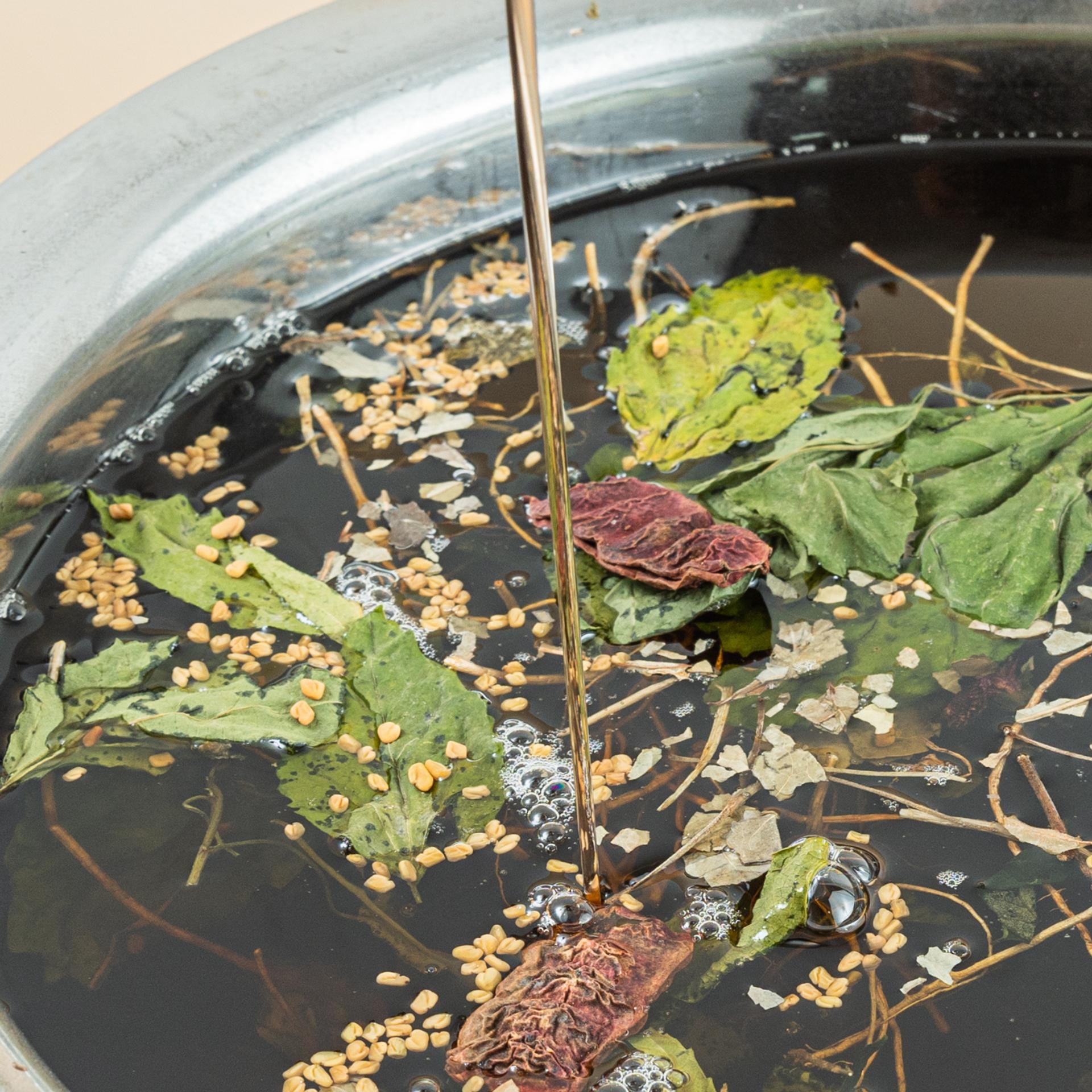
Ayurveda has long embraced specific botanicals that modern science now validates:
- Bhringraj (Eclipta alba): Shown to upregulate growth factors in hair follicles, enhance melanin production (delaying greying), and exhibit anti-inflammatory activity.
- Amla (Indian Gooseberry): Rich in vitamin C and polyphenols, it boosts collagen synthesis around follicles, strengthening the scalp’s structural matrix and protecting against UV damage.
- Neem: Contains nimbolide and other antimicrobial compounds that maintain scalp microbiome balance, preventing dandruff and folliculitis.
- Brahmi (Bacopa monnieri): Improves microcirculation and reduces stress hormones locally, addressing hair loss linked to stress.
When these herbs are steeped in cold-pressed oils over hours (a process called Sattva Siddhi in Ayurveda), the bioactive compounds become highly bioavailable, ready to nourish every hair follicle.
Busting Some Common Myths
Myth 1: Oils penetrate hair follicles all the way to the nerve endings and ‘fix’ hair instantly.
Fact: Hair follicles have protective barriers — oils primarily work on the scalp’s upper layers and follicular openings. The benefits are gradual, improving scalp health and hair quality over weeks.
Myth 2: Oiling clogs follicles and causes hair fall.
Fact: With proper cleansing and the right oil type, hair oiling reduces dryness and inflammation, which are common culprits of hair fall.
Myth 3: Overnight oiling is necessary for benefits.
Fact: Even 15–30 minutes of oiling with massage before washing can stimulate circulation and improve scalp hydration effectively.
Why Modern Hair Needs Oiling More Than Ever
Between pollution, heat styling, stress, and harsh chemical treatments, our hair follicles face unprecedented oxidative stress. Hair oiling acts as a shield and repair system — providing antioxidants, soothing inflammation, hydrating the scalp, and stimulating healthy circulation.
It’s a ritual that scientifically promotes scalp homeostasis — balancing sebum production, microbial flora, and cellular repair. In short, hair oiling is not a dated practice; it’s a smart, biologically informed strategy for resilient hair.
Final Thought
Science Meets Tradition, and Your Hair Wins
When you oil your hair, you’re engaging in a scientifically proven act of care that nourishes your scalp environment, stimulates hair growth mechanisms, and protects your strands from damage. Enhanced by centuries of Ayurvedic wisdom, hair oiling is a powerful tool for anyone wanting strong, healthy hair that lasts a lifetime.
So the next time you warm that oil and start massaging, remember — you’re not just indulging in self-care, you’re supporting the complex biology that creates your beautiful hair.
Nat Habit Hair Oils
Where Ancient Wisdom Meets Modern Scalp Science
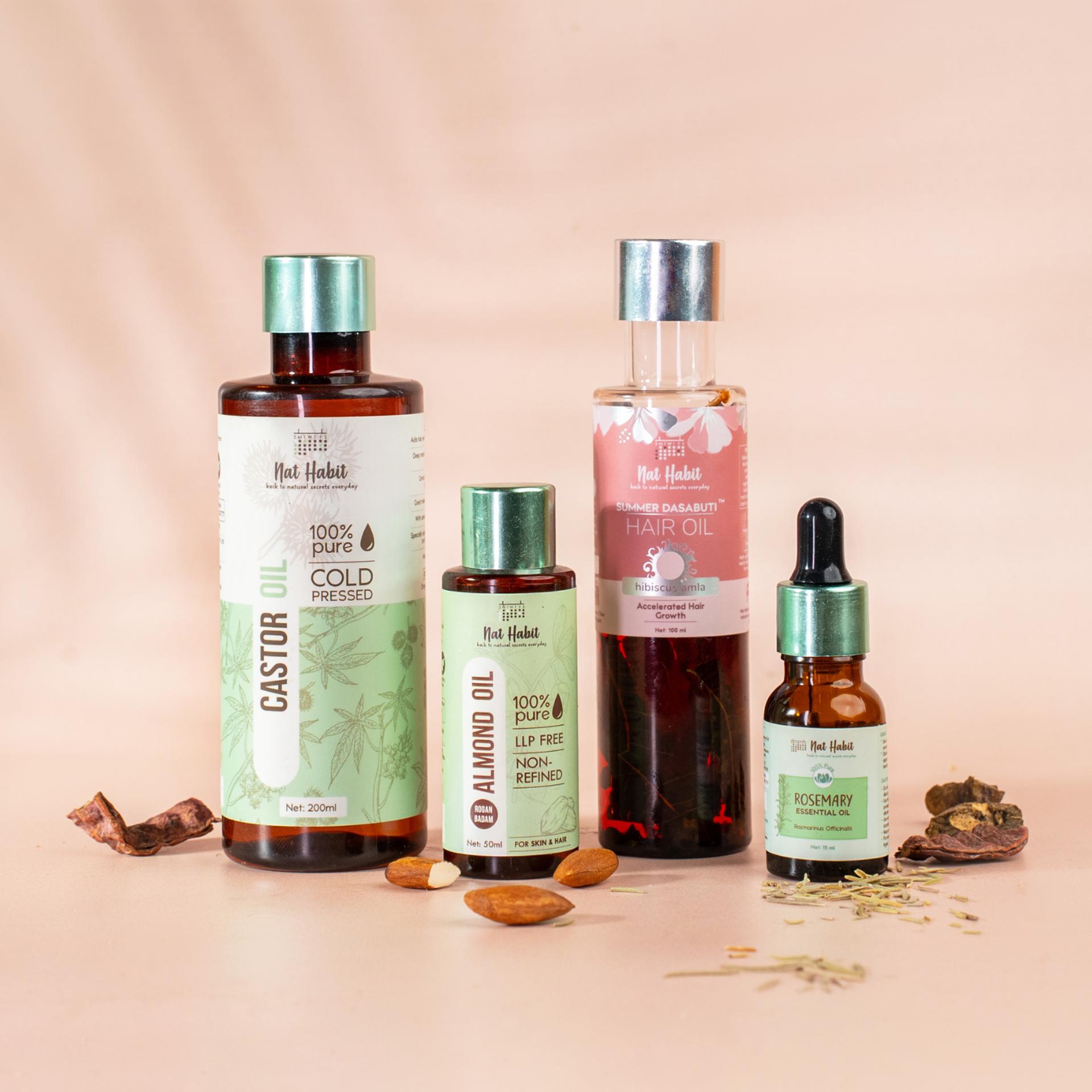
Now that you're ready to make oiling a scientifically sound part of your haircare routine, Nat Habit offers a range of hair oils designed for every need, scalp type, and concern. Whether it's the Dasabuti Hair Oil, our most potent multi-herb blend slow-infused using Ayurvedic methods, or our cold-pressed oils like Virgin Coconut, Castor, and Sesame that preserve every natural nutrient, or even our pure, single-ingredient oils that are raw, unrefined, and deeply nourishing each bottle is made to work with your body’s biology.
Every drop is rich in lipophilic nutrients, anti-inflammatory actives, and traditional botanicals that the scalp can actually recognize, absorb, and use to repair and grow. These oils don’t just coat your strands—they rebuild the ecosystem of your scalp, protect the follicular environment, and calm the nervous system through touch and aroma.
Choose your oil. Choose your ritual.
But know that with Nat Habit, you’re choosing the science of healthy hair, deeply rooted in nature.
Learn more
